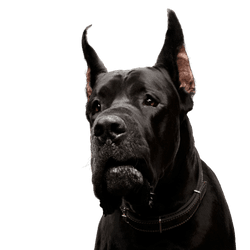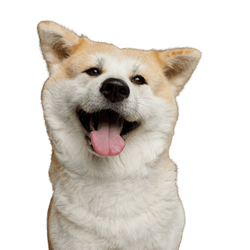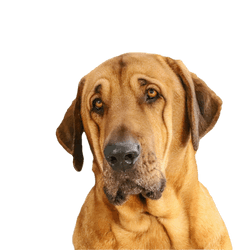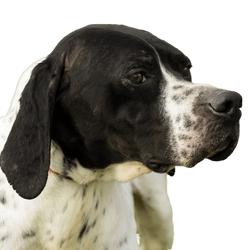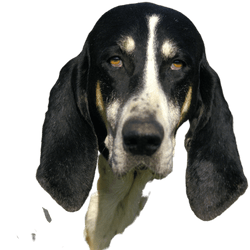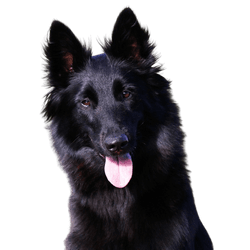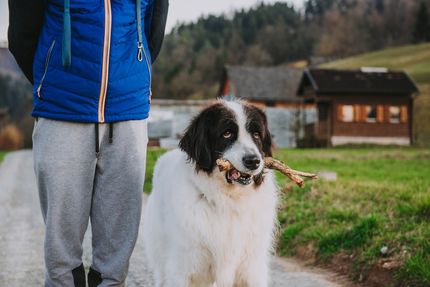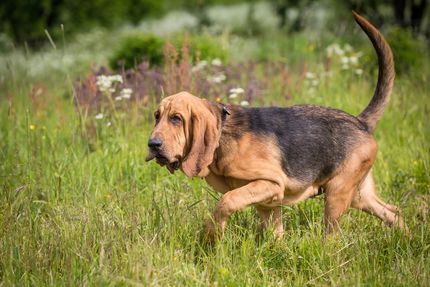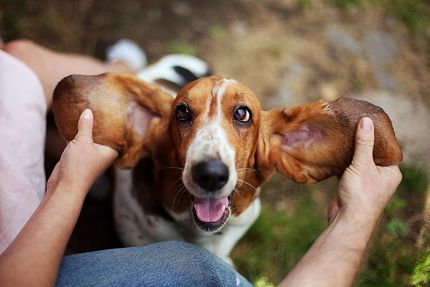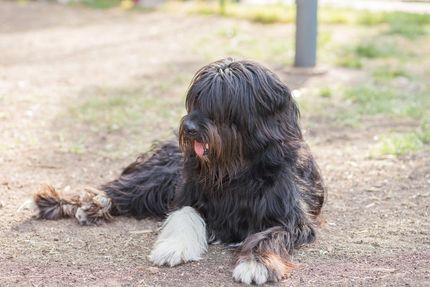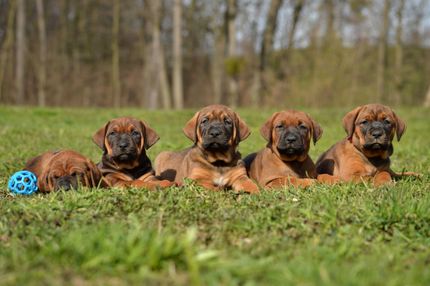Facts & Origin
Origin and history
The Grand Griffon Vendéen has its roots deeply rooted in the history of France, more specifically in the Vendée region on the French Atlantic coast.
Origin: This hardy hunting dog was originally developed to hunt large game such as wild boar in dense understory vegetation. Its ancestors can be traced back to the Middle Ages, when dogs of this type were first mentioned in written records.
Evolution: Over the centuries, the Grand Griffon Vendéen has been further refined by crossbreeding with other breeds, such as the Grand Bleu de Gascogne and various Griffon breeds, to optimize its hunting abilities.
Suitability
Although its primary role has always been hunting, the Grand Griffon Vendéen has much more to offer:
Hunting skills: With his strong nose and stamina, he is especially unbeatable when hunting wild boar in rough terrain. He works as both a scent hound and a retriever.
Family Dog: Despite his hunting instincts, with proper training and socialization, he can be a loving and loyal family dog.
Energy Level: It should be noted that this dog has a high energy level and needs regular exercise and mental stimulation.
Adaptability: In today's world, it is not only used for hunting, but also finds its place as a companion and family dog, as long as enough space and activity is provided.
The Grand Griffon Vendéen is a testament to centuries of breeding and perfection. His heritage as a hunting dog in the rugged landscape of the Vendée has made him a versatile and adaptable companion who excels in the field as well as in family life. His history and aptitude make him a unique and valuable member of the canine community.
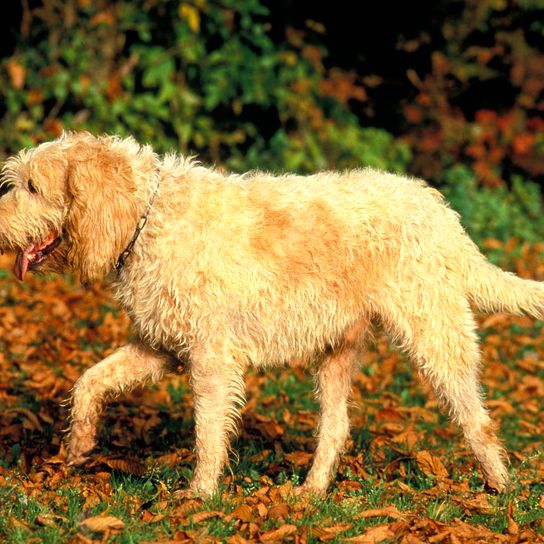
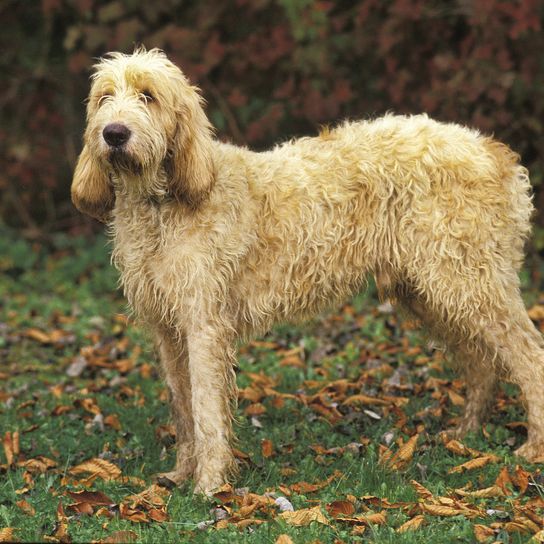
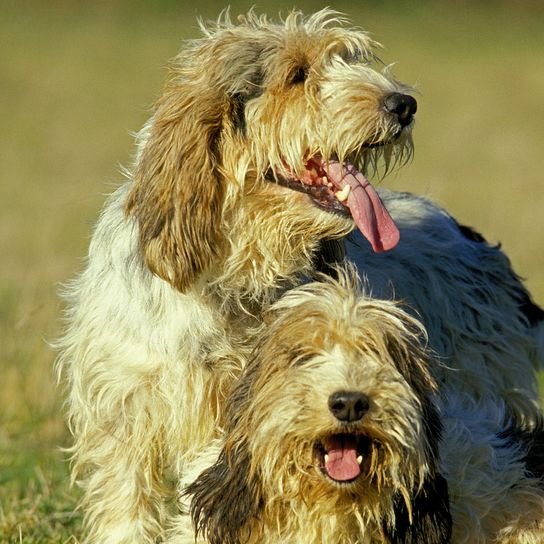

| Alternate Name | Grand Griffon Vendéen |
| Origin | France |
| Life expectancy | 12 - 14 years |
| Care requirements | high-maintenance |
| Activity level | average to high |
| FCI group | Scent hounds |
| AKC group | not recognised |
| KC group | not recognised |
Attitude, character and temperament of the breed
Character profile
The Grand Griffon Vendéen is known not only for its hunting abilities, but also for its complex nature and remarkable character traits.
Intelligent & Eager to Learn: This dog is characterized by its keen intelligence and ability to learn. Thanks to his hunting heritage, he is often described as a smart and cunning dog.
Energetic: An active dog that needs regular exercise and mental stimulation. His stamina can sometimes be a challenge for owners who do not lead an active lifestyle.
Loyal & Devoted: Despite his independence in the field, he is a loving and loyal companion at home, seeking close contact with his family.
Social behavior and handling
Fond of Children: With proper introduction, he can be a great playmate for children, although his size and energy make him better suited for families with older children.
Other Animals: His hunting instincts may lead him to chase smaller pets, but with early socialization he can get along well with other dogs.
Independent: As a hunting dog, he can sometimes show a strong will of his own, which requires consistent training.
The Grand Griffon Vendéen 's nature is a combination of intelligence, energy and loyalty. His nature as a hunting dog gives him a special blend of independence and attachment that makes him a fascinating and loving companion when properly managed. It is important to understand his needs and character traits in order to build a harmonious relationship with him.
Character
Usage
Care requirements
The Grand Griffon Vendéen has a rough, long coat that requires special attention in grooming.
Coat Care: At least once a week, the coat should be brushed through to prevent matting and knots. More frequent grooming may be necessary during coat changes.
Bathing: Only when necessary. His rough coat protects him from dirt and allows him to remain relatively odorless.
Ear Care: Regular checks and cleanings are essential, as his drooping ears can be prone to infection.
Health Overview
Like all breeds, the Grand Griffon Vendéen has specific health concerns:
Hip dysplasia: A common problem in larger dogs. Regular exams and a healthy diet can help minimize the risk.
Ear problems: Because of his large, droopy ears, he may be prone to ear infections.
Eye problems: some individuals may develop genetic eye diseases.
It is advisable to have regular veterinary checkups and learn about genetic testing.
Breeding Information
When breeding the Grand Griffon Vendéen, it is of great importance to proceed responsibly and ethically.
Genetic Testing: Many breeders perform testing to ensure that no hereditary diseases are passed on.
Socialization: early socialization of puppies is critical to their development into well-adjusted adults.
Keeping a Grand Griffon Vendéen requires knowledge of its special care and health needs. However, with proper care and attention, this impressive dog can lead a healthy and fulfilling life.

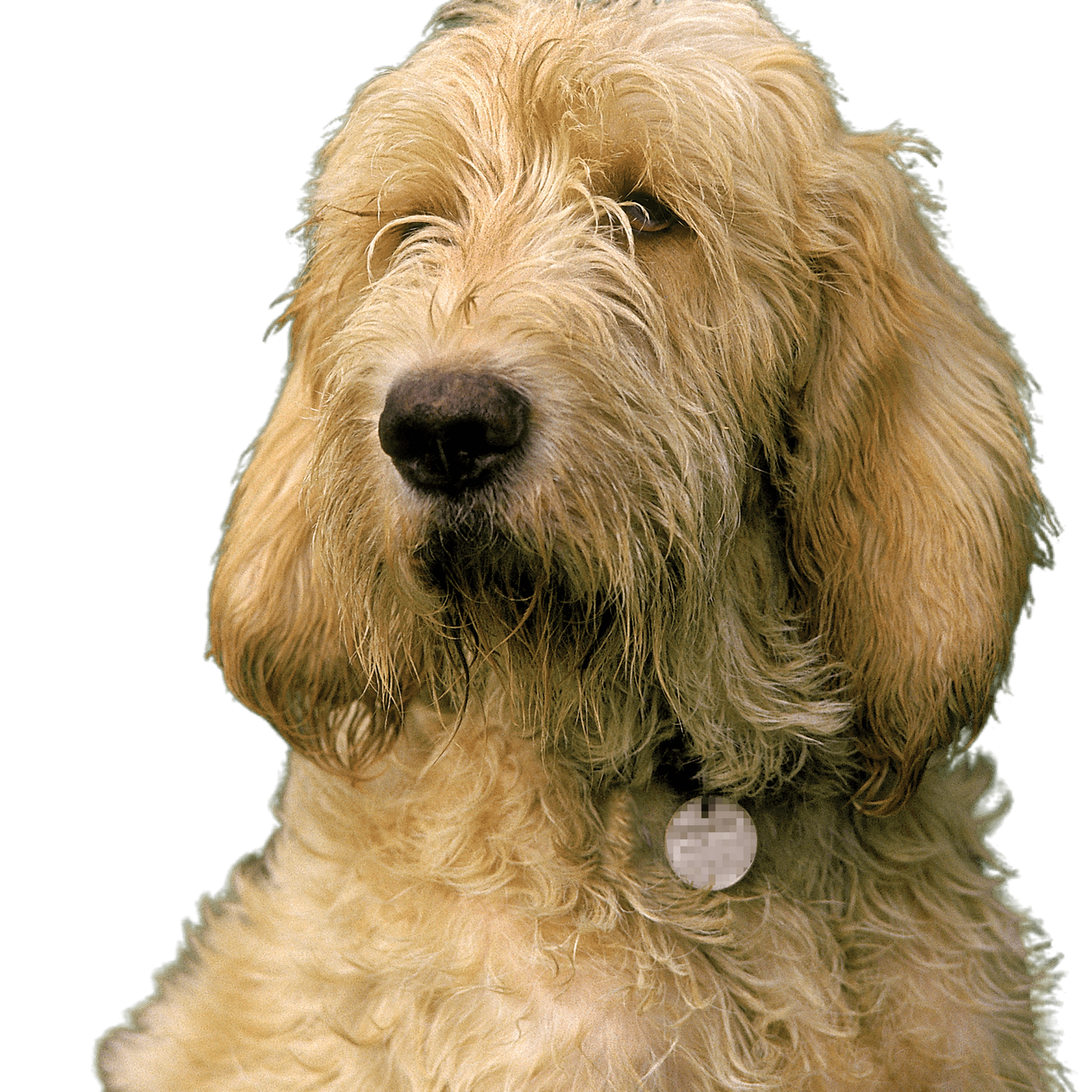
Coat texture
The trademark of the Grand Griffon Vendéen is its rough, long coat. It not only serves as an attractive eye-catcher, but also provides protection from the elements.
Color: The coat can come in a variety of colors, including fawn (fawn), black and white, or a mixture of these colors.
Grooming: Despite its coarseness, the coat is relatively low maintenance, but must be brushed regularly to prevent matting.
Visual Appearance
This dog impresses with a majestic appearance:
Head: The head is long and not too broad, with a slight stop and a straight nose.
Eyes: The eyes are large and dark, giving the dog a gentle yet penetrating look.
Ears: His ears are of medium length, drooping and slightly curled.
Size & Weight
The Grand Griffon Vendéen's robust stature is both impressive and elegant.
Height: Males reach a height of 60-68 cm, while females are slightly smaller, ranging from 58-65 cm .
Weight: The average weight is between 30-35 kg for males and 28-32 kg for females.
With its striking coat, elegant appearance and impressive stature, the Grand Griffon Vendéen is undoubtedly an eye-catching dog. However, proper care and nutrition are crucial to ensure that this magnificent dog remains in top condition.
| Fur length | medium |
| Fur | rough-haired |
| Ear shape | Floppy Ear |
| Tail | lang |
| Anatomy | rugged |
| Size ♀ | 60 - 65 cm |
| Weight ♀ | - kg |
| Size ♂ | 62 - 68 cm |
| Weight ♂ | - kg |
| Suitable For | - |
Known Diseases
Hip dysplasia (HD)
Hip dysplasia (HD) is a genetic condition in dogs where the hip joint is not shaped properly. This leads to pain, stiffness and restricted movement.
Eye diseases
Often occur with allergies and intolerances.



